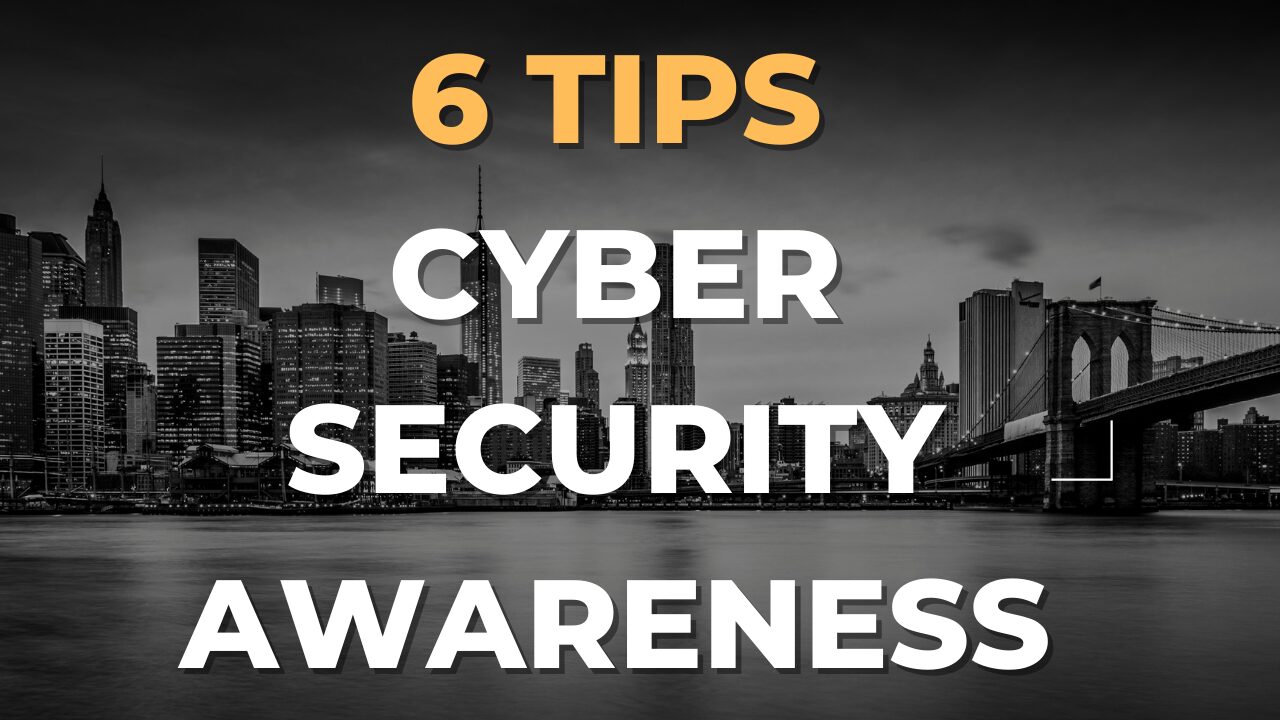Top 7 Next Generation Firewall Vendors
Firewalls have long been the go-to solution for enterprise security. They have played a critical role in filtering content and safeguarding IT systems. Even so, in today’s high-risk business landscape, first and second-generation firewalls aren’t enough to protect against the increasingly complex cyberattack techniques. Plus, these conventional firewalls don’t reflect the needs of businesses in the cloud. Because of this, organizations, both big and small, are adopting more advanced next-generation firewalls (NGFWs).

What Are Next-Generation Firewalls?
Next-Generation firewalls (NGFWs) combine the capabilities of first and second-generation firewalls with more sophisticated features such as Integrated Intrusion Protection (IIP), Deep Packet Inspection (DPI), Antivirus, Web Filtering, Anti-malware, and Antispam all to detect and isolate threats in real-time.
These additional features are integrated into the NGFW platform and are usually managed from a single console. Given that all these features are provided by the same vendor, next-generation firewalls are not only easy to maintain but are also more convenient when vendor support is needed.
Whereas basic functionality is fundamental to all NGFW product markets, firewalls are no longer just solutions that sit in your data center. The widespread adoption of the cloud has necessitated that a firewall must provide features beyond the physical device, such as firewall as a service (FWaaS), virtualized appliances, and containerized versions.
Best Next-Generation Firewalls
Here is an outline of the top 7 next-gen firewalls available on the market today:
1. Palo Alto Networks
Palo Alto Networks is a machine learning-powered firewall. It offers a wide range of NGFW features packaged as Virtual (VM-Series), hardware-based (PA Series), FWaaS (Prisma Access), as well as containerized (CN –Series) options.
All of Palo Alto Networks products are managed via the same Panorama software, and they have additional subscription-based features to manage enterprise Data Loss Prevention (DLP), Internet of things (IoT), advanced URL filtering, Software as a Service (SaaS), DNS security and threat prevention.
Whereas this firewall has some impressive features, they come at a high cost, making it one of the highest-priced offerings on the market. Additionally, its SD-WAN product requires a separate license. You should also note that Palo Alto Networks does not offer a cloud-based firewall manager in Panorama, but rather, it requires a plug-in to be installed on the clients.
Key Features of Palo Alto Networks
- Integrates existing user priorities to control application access with user-based policies.
- Threat detection and intrusion prevention is informed by machine learning.
- Central management gives administrators a single point to manage NGWFs.
- Protects Kubernetes with DevOps-friendly configuration and exfiltration prevention.
2. Fortinet
This is a series of next-gen firewalls, which include an intrusion prevention system that can detect threats automatically. FortiGate, which is Fortinet’s NGFW product line, is available as a virtual appliance, in hardware, and as FWaaS (FortiSASE option). They provide centralized management in their FortiGate and FortiManager cloud products. Fortinet’s products offer capabilities such as Web Application and API protection (WAAP), Secure Email Gateway (SEG), Identity Access Management (IAM), Network Access Control (NAC), Security Operation Center (SOC), among others.
Fortinet offers integration between SOC operations and Network Operation Center (NOC) in their fabric management center. Just like with Palo Alto’s wildfire system, Fortinet provides (EDR) endpoint detection and response, which detects threats in your environment and sandboxes them for analysis while ensuring they don’t spread.
Nonetheless, Fortinet lacks a dedicated container firewall and needs basic management features through a distributed plug-in. Fortinet also tends to lag behind other vendors when it comes to rolling out cloud Points of Presence (PoP) and the geographical diverseness of their PoP.
Key Features of Fortinet
- Security processing units (SPUs) that accelerate network security computing
- AI-powered FortiGuard services which enhance real-time threat intelligence defenses
- Zero trust capabilities help identify suspicious devices and users and protect segments
- Scalable IPsec VPN tunneling for securing a remote and distributed workforce
3. Cisco
A networking leader, Cisco has consistently innovated solutions to keep pace with the constantly changing cybersecurity and IT ecosystem. Cisco offers advanced malware protection, intrusion prevention, endpoint protection, URL filtering, SEG security, web gateway protection, network access control, and network traffic analysis which helps protect businesses’ cloud-hosted services via their Cisco secure firewall, Meraki MX series products, and Cisco secure workload.
They provide centralized management through the Cisco Umbrella Firewall Management Center, the Umbrella Secure Internet Gateway for FWaaS, and Cisco Defence Orchestrator for cloud-based solutions. Cisco’s extended detection and response (XDR) offers XDR at no extra cost to detect and remediate threats.
One of the demerits of using Cisco is that, rather than taking a single platform approach, it provides multiple firewall product lines for different use cases. To add to that, their Umbrella program doesn’t offer an integrated SASE and requires several different subscriptions to additional products such as Cloudclock.
Key Features of Cisco
- Dynamic policy support with attribute support and tag-based policies
- Unified control of firewall tools through secure Firewall Management Center
- Highly elastic, developer-friendly, cloud-based native firewall options, built-in Kubernetes
- Rapid and actionable threat intelligence which is delivered by Cisco Talos Intelligence Group
4. Check Point Software Technologies
Check Points’ core focus is to prevent and block attacks. They offer various solutions, including virtual appliances, hardware appliances, and cloud security products. They also provide FWaaS as part of their Secure Access Service Edge (SASE) solution.
Check Point Technologies offers cloud-based centralized management and monitoring portals, on-premise Quantum Security Management, as well as an Infinity SOC product that includes a SOAR (security orchestration, automation, and response) offering, and Cloud Guard, which is their cloud security counterpart.
They, however, don’t offer an SD-WAN solution. Instead, they work with partners to offer solutions to this rapidly growing market. Their container product also lacks application control.
Key Features of Check Point
- Compatible with hybrid infrastructure including virtual, physical, cloud, and mobile segments.
- Central management rollouts and rollbacks of policy configurations
- Extensive physical appliance options featuring multi-domain and single management.
5. SonicWall
This NGFW has a virtual appliance wall (NSv Series) as well as three hardware appliance lines (NSa, TZ, and NSsp Series). The NSv solutions can be hosted on a customer’s hypervisor or can be found on Azure and Amazon. SonicWall offers integrated SEG, EDR, and SD-WAN, among other capabilities to simply branch onboarding in SonicWall’s Cloud Edge product. The downside of SonicWall is that it doesn’t have a containerized firewall, identity-based products, and FWaaS in their lineup.
Key Features of SonicWall
- Deploy and administer firewalls remotely with zero-touch deployment
- Federation of security policies globally
- Simplified set-up with configuration wizards
- Onboard and manage dozens or hundreds of firewalls internally from a single interface
- Automation of audit-ready reporting
6. Juniper
Juniper offers its SRX Series Services Gateways in hardware appliances, container appliances (cSRX), and virtual appliances (vSRX). Virtual appliances can be hosted on the customer’s own hypervisor, Azure, AWS, INM Cloud, Oracle Cloud, and Google Cloud. Juniper also provides Security Information and Event Management (SIEM), IoT security, Distributed Denial of Service (DDoS) migration and threat intelligence, and threat detection capabilities.
It also has partnerships for supervisory control and data acquisition (SCADA), industrial control systems (ICS) environments that pull information from the business’s threat prevention service, and a third-party IT provider to adapt their firewalls to the new threats as they emerge. Juniper’s only undoing is its slow adoption of SASE and FWaaS.
Key Features of Juniper
- Streamlines configuration management and scaling with centralized controls
- Identifying, securing, and managing traffic by applications and users with AppSecure
- Intrusion prevention solution capable of custom signatures
- Micro-segmentation, validated threat prevention, and VPNs for enriching security
- Policy-based routing and SDN across wireless and WAN networks
7. Sophos
With the complexity of network segments increasing, Sophos offers Firewall hardware (SD-RED and XGS Series), Cloud Security Posture Management (CSPM) products, and endpoint and server protection products for ZTNA and EDR to help keep networks safe. Through their managed threat response products, Sophos provides SOC (security operations center) capabilities as a managed service through Sophos Central (a centralized management portal).
Unfortunately, Sophos does not offer a containerized firewall of FWaaS. Plus, the CPSM doesn’t take full advantage of Infrastructure as a Service (IaaS) tags, thereby making the implementation of the firewall policy rules more challenging.
Key Features of Sophos
- Threat intelligent traffic selection that covers all ports and supports modern cyber suites
- Deep packet inspection, including proxy-based scanning and intrusion prevention
- Dynamic sandboxing and deep learning static file analysis capabilities
- Monitoring that offers visibility into content, application traffic data, and the web
- Machine learning models to identify advanced and unidentified traffic data.
NGFWS: The Precedent for Firewall Technology
Based on the above discussion, you’ve probably concluded that firewalls aren’t what they used to be. And you’re right. Today’s next-generation firewalls are more adaptive, robust, and full-featured, with most of them now residing in the cloud.
By integrating IPS, DPI, encryption, sandboxing, and threat intelligence into next-generation firewalls, these devices go beyond the first line of defense, making them critical tools for organizations.
GiaSpace Offers Reliable and Dependable Security Services for Miami, Fort Lauderdale, and Palm Beach Businesses
Whereas purchasing a next-gen firewall is an important step towards enhancing the security of your business, you need to partner with a proven managed security provider to truly secure your business. GiaSpace is that provider for you. We offer proactive network management, cloud security services, and cybersecurity training to help ensure that your business is secure. Contact us today to start a conversation about the security of your IT infrastructure.







